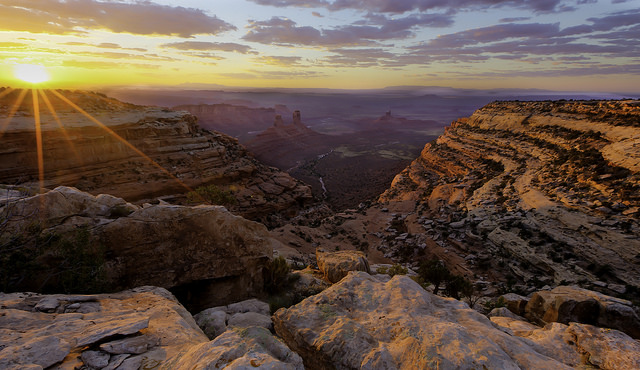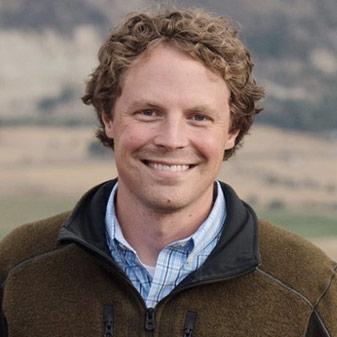All is not well on America’s public lands. Wildfires burn millions of acres each year, costing billions of dollars. Armed conflicts have erupted over grazing rights in recent years. And battles over national-monument designations are raging from Bears Ears in southeastern Utah to the North Woods of Maine.
For all their wonder and beauty, public lands are as polarizing as the rest of our political landscape. That should come as no surprise. After all, the federal government owns nearly one-third of the United States, including almost half of the American West. Decisions about how to manage public lands are fundamentally political, and they affect the lives of millions of people. Yet the laws and regulations governing these lands tend to encourage conflict rather than cooperation, and disputes are more likely to be resolved by litigation than by collaboration.
Ryan Zinke, the new secretary of the interior, has pledged to “restore trust” among the communities most affected by public land policies. In an interview with me (see page 14), Zinke says the federal government’s approach has been far too centralized and “heavy-handed.” One of his top priorities is to ensure that local managers can “make decisions that are more collaborative and locally driven.” Will Zinke be able to bring about meaningful reforms? Time will tell.
There are certainly plenty of ways to improve public land management, and many of them are discussed in these pages. Roger Sedjo explores innovative management proposals for our national forests and asks whether it’s time for a new mission for the U.S. Forest Service. Melinda Harm Benson and Brian Yablonski examine lessons learned from the Valles Caldera National Preserve in New Mexico, one of the largest U.S. public land experiments. Timothy Fitzgerald and Randal Rucker tackle another pressing issue: the tens of thousands of wild horses and burros held in government holding facilities, which will soon cost taxpayers an estimated $1 billion over the animals’ lifetimes. And Tate Watkins takes us to the Great Smoky Mountains to explore how to mitigate growing conflicts between private landowners and public wildlife.
In every case, it’s clear that innovation is possible—and sorely needed. Thanks to the support of the M.J. Murdock Charitable Trust, this issue of PERC Reports explores the future of America’s public lands. It reflects the spirit of what economist and public land expert Marion Clawson wrote in 1984: “I reject any idea that we today are less imaginative and resourceful than the men and women who pressed for the establishment of the national forests, national parks, and grazing districts. We too can innovate; let us try.” That’s still true today—so let’s try.




